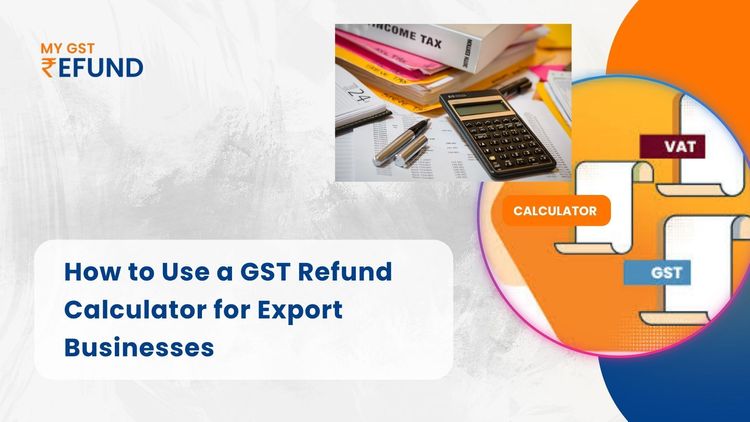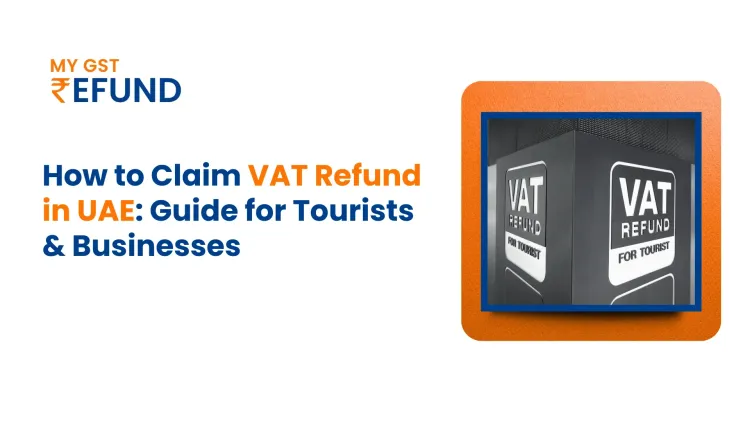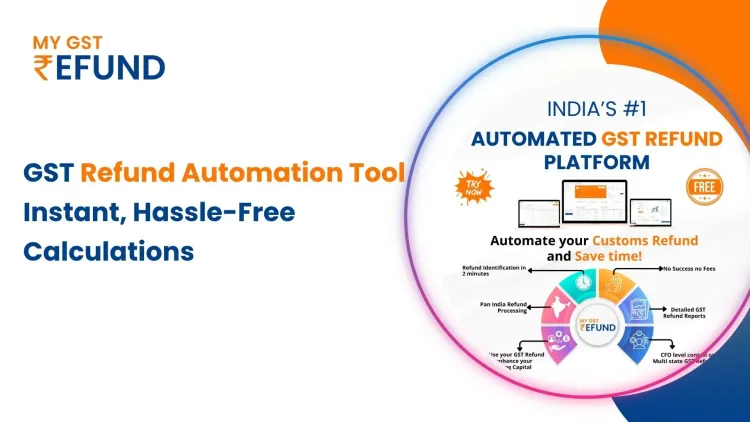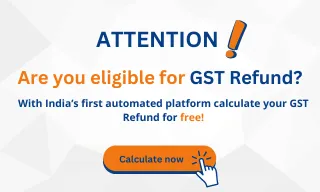Understanding the GST Refund Rules: Everything You Need to Know
Published on: Mon May 15 2023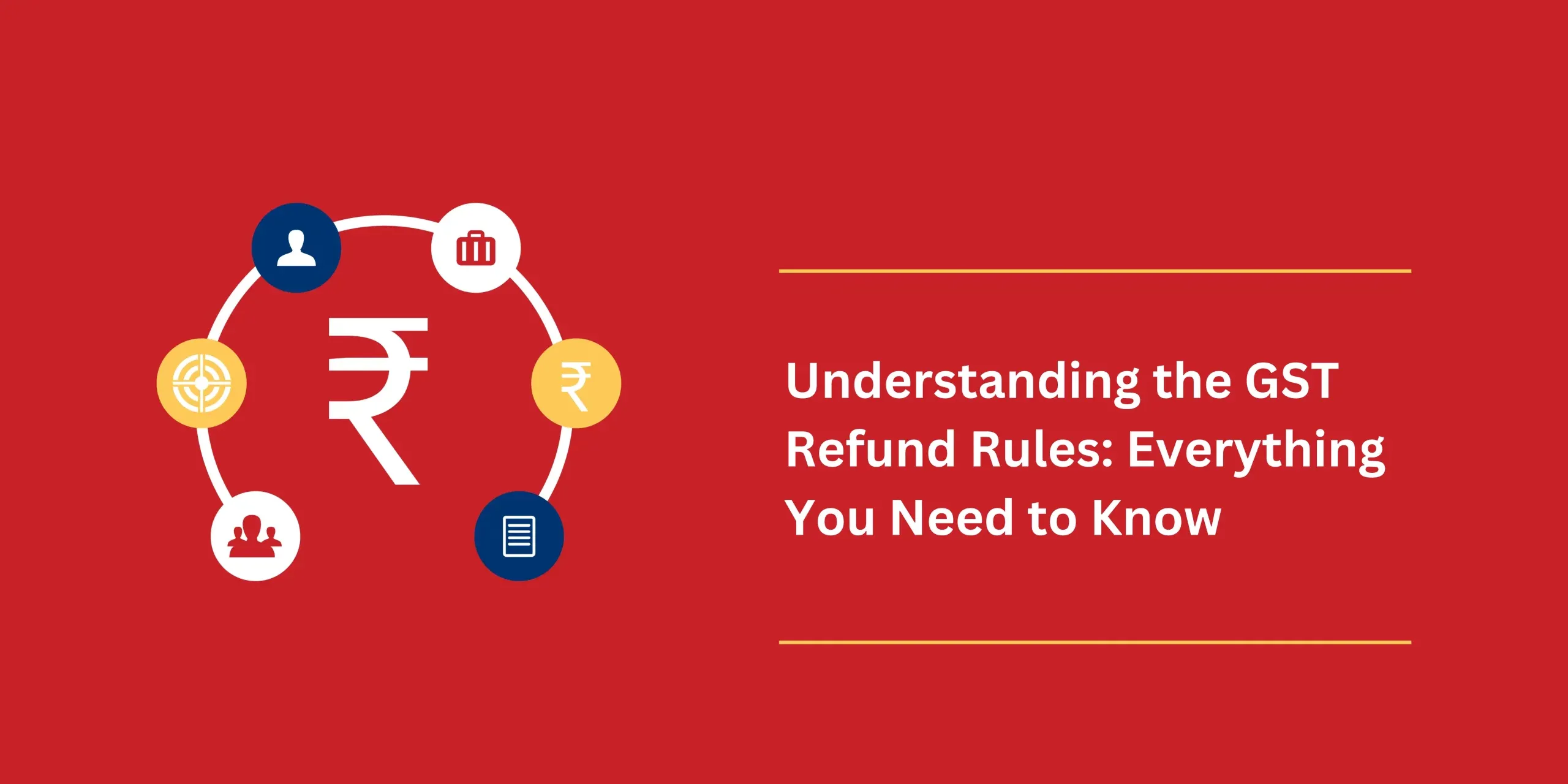
Introduction
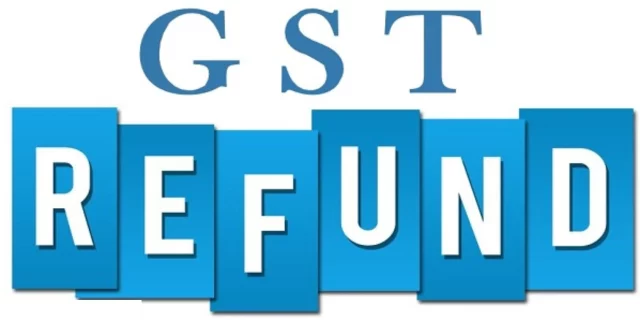
Goods and Services Tax (GST) is an indirect tax levied on the supply of goods and services in India. It is a comprehensive tax system that replaces multiple indirect taxes such as Value Added Tax (VAT), Central Excise Duty, and Service Tax. GST is levied at every stage of the supply chain, and the tax paid at each stage is available as a credit for the next stage of the supply chain. One of the key features of the GST system is the provision for claiming refunds of tax paid on inputs used for the supply of goods or services. In this article, we will discuss the GST refund rules in detail.
Understanding the GST Refund Rules
GST refund rules allow taxpayers to claim a refund of tax paid on inputs used for the supply of goods or services. The following are the key provisions of the GST refund rules:
Eligibility Criteria for GST Refund
To claim a GST refund, the taxpayer must satisfy the following eligibility criteria:
- The taxpayer should be registered under GST.
- The taxpayer should have paid tax on inputs used for the supply of goods or services.
- The taxpayer should not have utilized the input tax credit for any other purpose.
Types of GST Refunds
There are two types of GST refunds:
- Refund of unutilized input tax credit: This refund can be claimed when the input tax credit accumulated on account of input supplies exceeds the output tax liability of the taxpayer.
- Refund of tax paid on export of goods or services: This refund can be claimed by exporters who have paid tax on inputs used for the manufacture of goods or provision of services that are exported.
Procedure for Claiming GST Refund
The procedure for claiming a GST refund is as follows:
- The taxpayer must file a refund application in Form GST RFD-01 electronically on the GST portal.
- The application must be filed within two years from the relevant date.
- The refund application will be processed by the GST officer, and the refund amount will be credited to the bank account of the taxpayer.
Documents Required for GST Refund
The following documents are required for claiming a GST refund:
- Copy of the GST return filed for the relevant tax period.
- Invoice or challan for the supply of goods or services.
- Shipping bill or bill of export for the export of goods.
- Bank statement showing payment of tax.
Read More: Understanding GST in Export: Eligibility for Refunds and Benefits
Time Limit for Processing GST Refunds
The GST refund application must be processed within 60 days from the date of filing the application. If the refund is not processed within 60 days, interest will be payable to the taxpayer.
FAQs about GST Refund Rules
- Can I claim a GST refund if I have utilized the input tax credit for payment of tax on output supplies?
No, you cannot claim a GST refund if you have utilized the input tax credit for payment of tax on output supplies.
- Can I claim a GST refund for tax paid on inputs used for the manufacture of exempt supplies?
No, you cannot claim a GST refund for tax paid on inputs used for the manufacture of exempt supplies.
- Can I claim a GST refund for tax paid on inputs used for the manufacture of zero-rated supplies?
Yes, you can claim a GST refund for tax paid on inputs used for the manufacture of zero-rated supplies.
- What is the time limit for filing a GST refund application?
The GST refund application must be filed within two years from the relevant date.
Conclusion
GST refund rules provide relief to taxpayers by allowing them to claim a refund of tax paid on inputs used for the supply of goods or services. The eligibility criteria, types of refunds, procedure for claiming refunds, documents required, and time limit for processing refunds are important aspects that taxpayers must be aware of. By understanding the GST refund rules, taxpayers can ensure compliance with the GST law and claim refunds in a timely manner.
Are you Looking for GST Refund Service? Mygstrefund.com offers GST refunds on business, exports, and many more if your GST application is rejected. Get in touch with us today.
Related Posts


